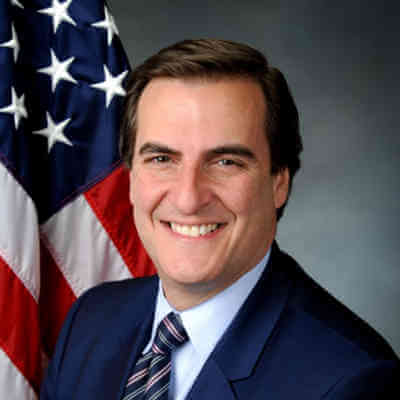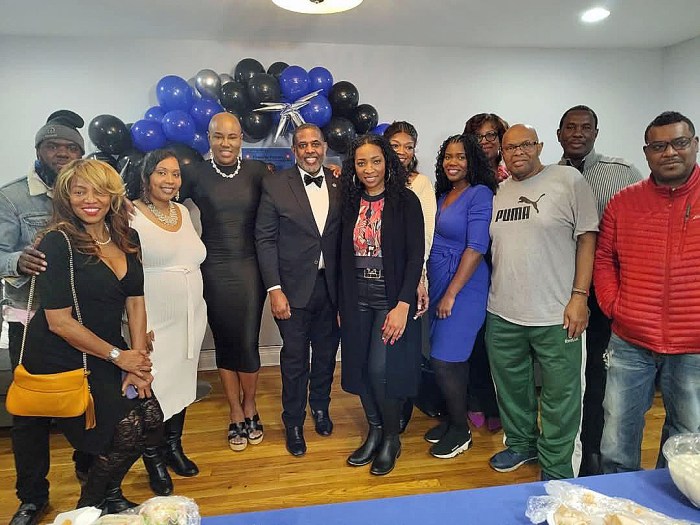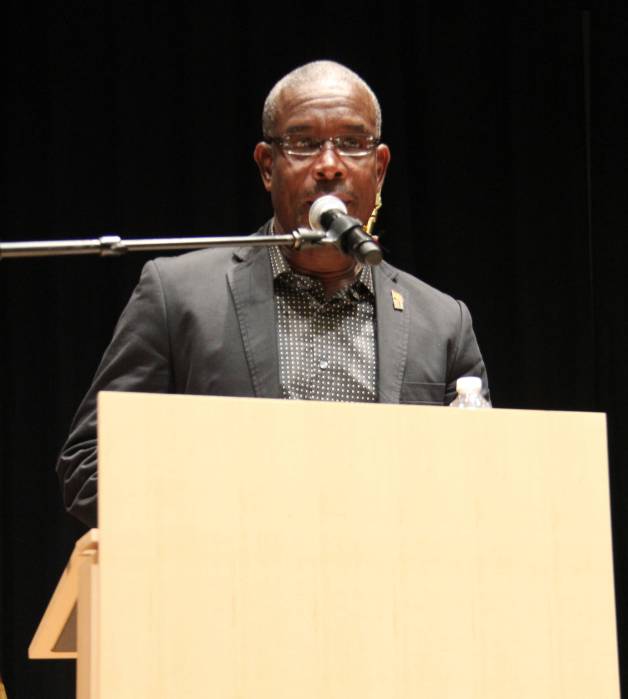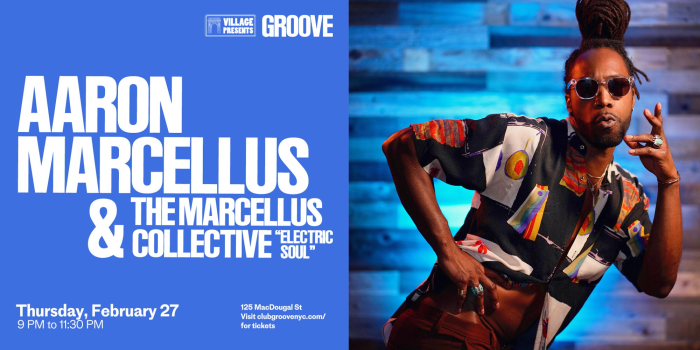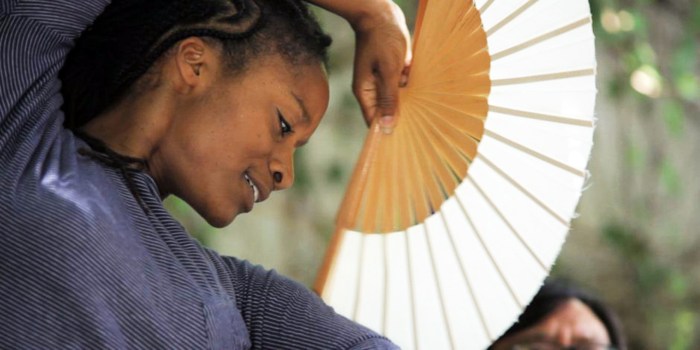For all the talk about how important it is for all of us to vote, Queens continues to perform lousily when it comes to participating in her democracy, with a reported 13 percent turnout in February’s public advocate special election and a similar rate in June’s district attorney primary.
The pivotal 2020 elections loom large, though they’re still more than a year away. It’ll come down to turnout, as it always does, and if Queens voters want to change things in their city, state and country, they need to show up when the polls are open and make themselves counted.
As our eyes turn to the competitive Democratic presidential primary, New York state has positioned itself to hold a critical primary on April 28. The primary date was fixed through legislation sponsored by state Senator Michael Gianaris and signed last week by Governor Andrew Cuomo.
In signing the bill, however, Cuomo called on the state Legislature to go a step further and pass legislation moving up all primary races in New York state next year — which are currently set for June — to coincide with the April presidential primary.
It makes all the sense in the world.
Consolidating the primaries to a single day will save the taxpayers tens of millions of dollars. It will also maximize turnout in the state with the presidential primary having top billing.
Right now, there are more than a dozen Democrats running for president, and by the time New York’s primary rolls around, it figures that the field will be whittled down to a precious few — perhaps three to five. If recent history is any indicator, chances are by April 28, 2020, no one Democrat will have won enough delegates to secure the nomination outright.
So we can expect that the New York primary will be competitive, and the passionate fan bases for each candidate will bring their passion to the primary and spark both interest and turnout.
That will help candidates down the primary ballot by giving them the opportunity to win over more voters in April who might not necessarily be as inclined to show up and vote in a standalone primary in June.
Consolidating the primaries is another of the many much-needed steps that New York state can take to get people to the polls. This fall, for the first time in our history, early voting will be available to New Yorkers who can cast their ballots up to two weeks ahead of the Nov. 5 general election.
Even more progress can be made if the state would consider and pass legislation to enact same-day voter registration, secure online voting and even ranked choice voting, in which voters can select from a field of candidates in their order of preference.
Let’s not allow this opportunity to boost New York’s democracy pass us by!


